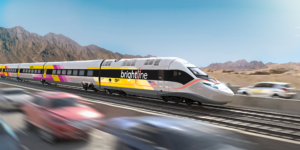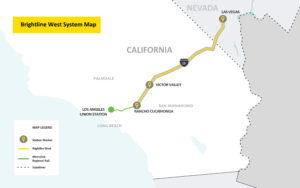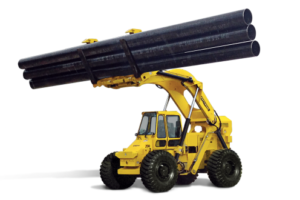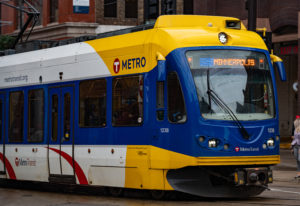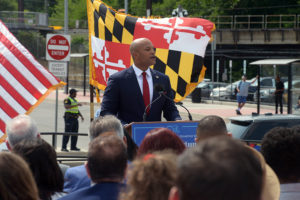October editorial: Rail bridge troubles on full display
Written by RT&S Staff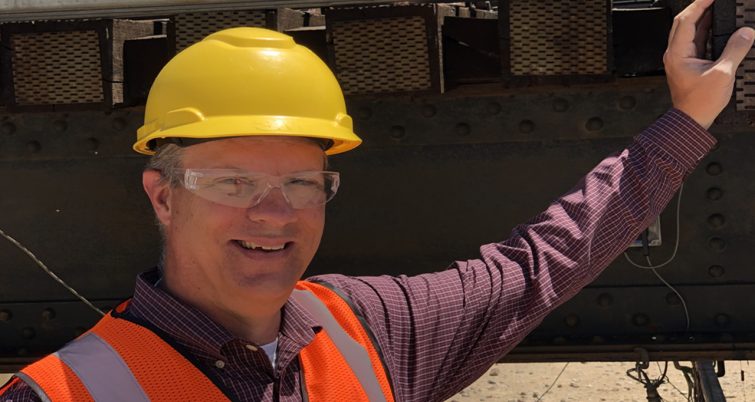
Which autographed jerseys will be pressed and which will be fluffed?
I thought it would be an easy decision, but when you have the numbers of childhood favorites on fabric it makes the decision of who will get pressed into a frame and who will be neatly folded in a display case almost traumatic. It is for me, anyways. Equally as soul shaking is the cost to cover these keepsakes in glass for the wall. One job usually goes for over $200, which is a lot more than I paid for the sports legends to personally scribble on their uniforms. Unfortunately, I was unaware about this labor cost until late in the game, and my problem has turned out of control in a hurry. Recently, I had a display case built in my basement, so the option to place some in there and reduce the cost of a major league frame job has diminished somewhat.
In September, a Class 1 railroad company had a bridge inventory problem quickly snowball when a couple of troubled spans found a spot in the mainstream media. The latest was a rail bridge in West Baltimore, of all places. Residents continue to complain about a span that crosses over West North Avenue, where a pipe continues to leak water and debris falls on occasion. Back in 2014 after a retaining wall collapsed, the Baltimore DOT made a commitment to regularly inspect this Class 1’s right-of-way all over the city. Four years later another infrastructure incident on the same street occurred, and Baltimore admitted nothing had been done concerning the
rail infrastructure.
Over in the state of New York, the rail company that was on everyone’s list in West Baltimore became the target in Dutchess County. There, Duchess County Executive Marc Molinaro is demanding that a rail bridge that crosses the western shoreline of the Hudson River be inspected immediately. Molinaro says the span is sagging and has temporary supports still in place.
I come from the highway industry, where bridge inspection data is more publicly available and the lines of communication appear to be more publicly open. The rail industry has always had this royalty stigma compared to the departments of transportation. Their records have always been sealed, their work always done on their time and their terms. That’s the impression I have always had, anyways.
I reached out to a bridge engineer in the rail industry and asked him what exactly goes on with Class 1s and the bridge inventory. He said the Federal Railroad Administration regulates the bridge management program for each railroad and the release of that information. Bridge Inspection Reports called for by the FAST Act provide a means for a state or political subdivision of a state to obtain a public version of a bridge inspection report generated by a railroad for a bridge located within their respective jurisdiction.
That all makes it as clear as picture frame glass. If this is what is going on, then we should have nothing to worry about regarding Class 1s and their attention to troubling spans. However, in the two years of covering the rail industry I have come across endless examples of Class 1s not being very cooperative with the public and being slow to address pressing span needs. It’s a case of public vs. private.
In the ideal world, one worth putting on display, the communication and action between a Class 1 and a city should be seamless. Does this happen, for the most part? Could the actions be documented and framed, or is this just fluff?

